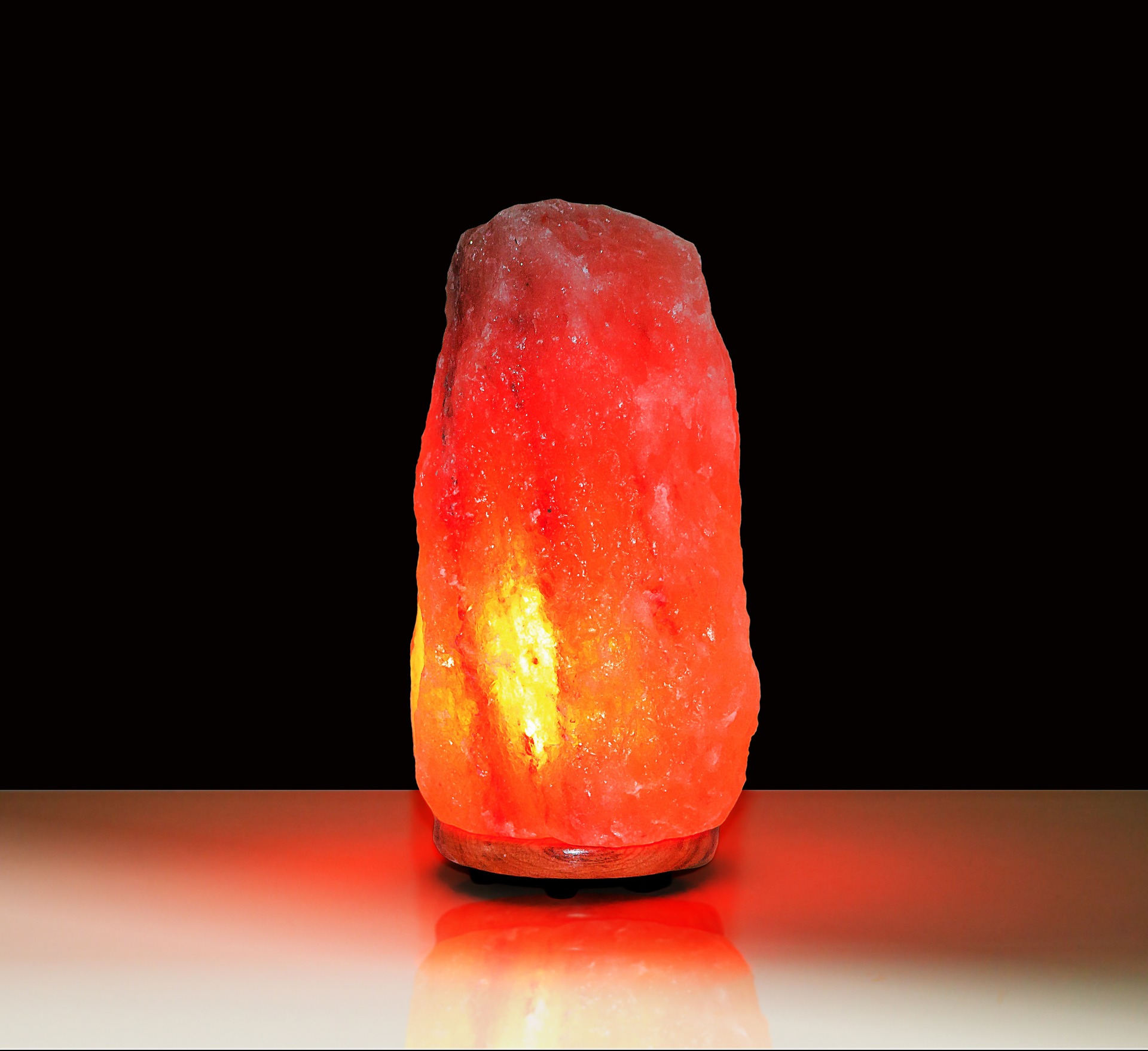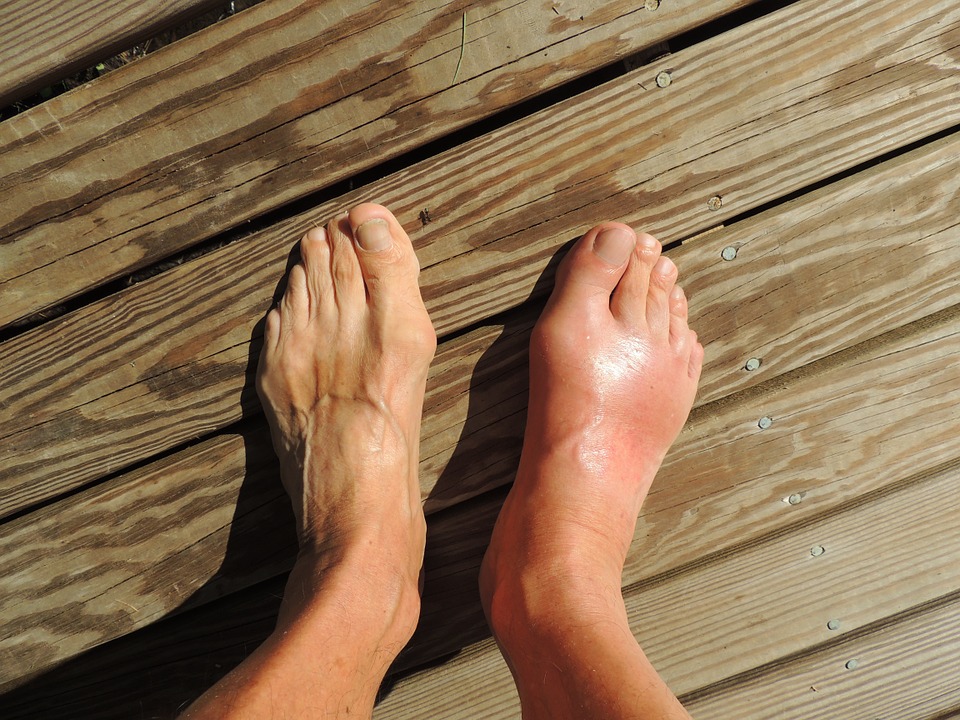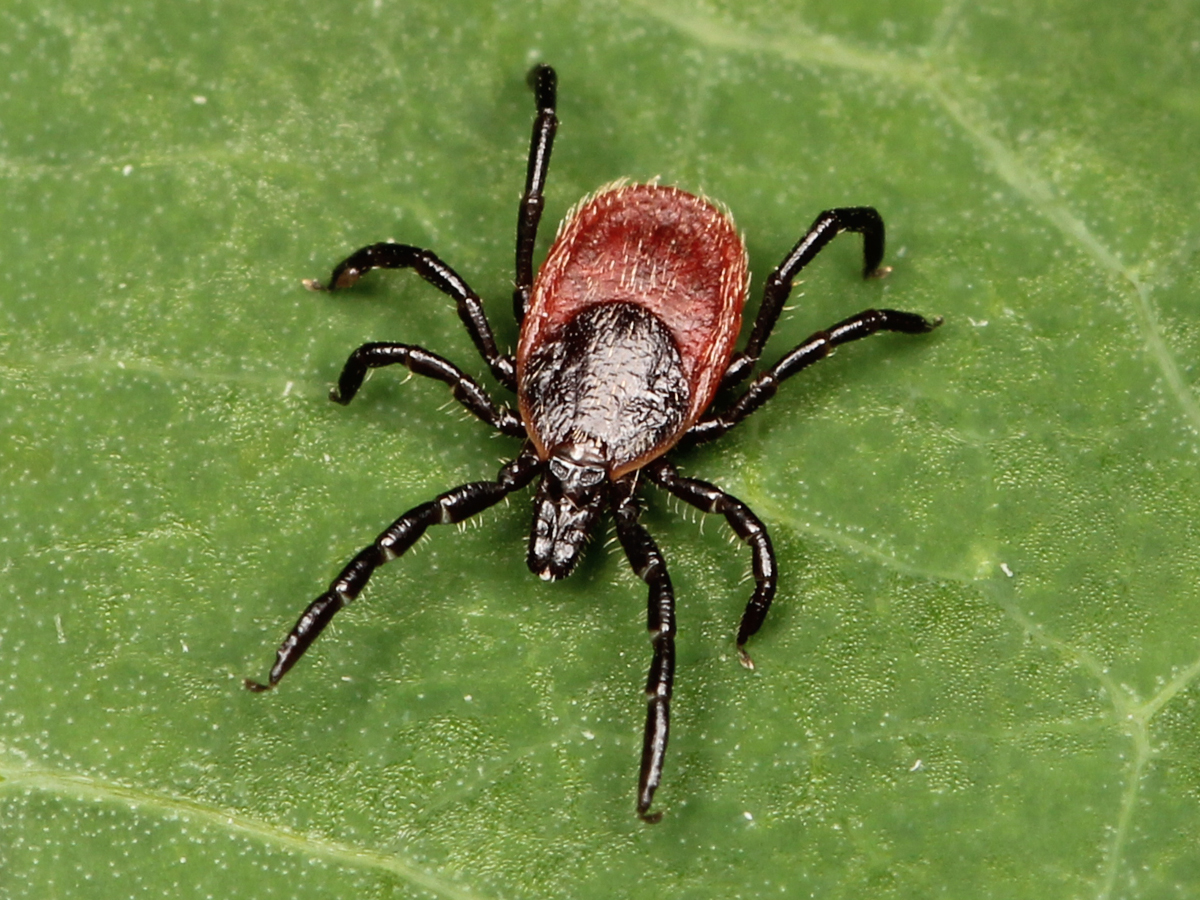Watch your step: Maggot therapy SAVES designer’s infected and rotting foot
05/06/2019 / By Edsel Cook

After getting bitten on the foot by a bug while in Africa, a U.K. man developed an infection that caused his flesh to rot away. However, doctors were able to save his foot from amputation by using maggot debridement therapy to eliminate the festering flesh.
While doing volunteer work in Gambia in December 2017, Matthew Blurton developed a high fever. His foot also developed a painful blister that made it difficult for him to stand up.
Initially, Blurton dismissed these symptoms as those of sunstroke. However, the rest of his foot swelled up, and the rest of his leg soon followed. He was rushed to the nearest hospital, where local doctors diagnosed him with both cellulitis and sepsis.
Cellulitis is a common skin infection caused by bacteria, while sepsis is a deadly illness where the immune system overreacts to an infection and causes inflammation through the entire body. Sepsis can cause serious damage to tissues and vital organs.
In Blurton’s case, much of the flesh in his foot was already rotting by the time he arrived at the hospital. The rotting flesh reached all the way to the bone. (Related: U.K. government to roll out “Project Maggot”: Unusual treatment will clean the wounds of people in war zones like Syria and Yemen.)
Maggot debridement therapy is a modern take on a traditional medical practice
After an initial, 10-day-long antibiotic treatment in the African hospital, Blurton was flown back to the U.K. Once back home, he underwent maggot debridement therapy, where hundreds of sterilized maggots were applied on his wound.
Maggots were traditionally used to clean infected wounds. The bottle fly larvae will eat dead flesh while usually ignoring healthy tissue. Their saliva contains enzymes that dissolves the rotting flesh for ingestion.
The saliva possesses antibacterial properties that kill harmful microbes, including drug-resistant bacteria like Staphylococcus aureus. It also encourages the production of fibroblasts, which naturally spesds up the healing process. In sum, maggot debridement therapy could help prevent the need for surgical amputation of a rotting limb.
The practice underwent a revival in recent years. Medical maggots were bred in a sterile environment to reduce the risk of further infection. They were either applied directly on the wound or placed inside a bandage bag. After a few days, the maggots would be removed from the wound to prevent them from dying inside the body of the patient.
Medical maggots saved man’s foot by eating away rotting flesh
Blurton was successfully treated for both cellulitis and sepsis. He reported that he could feel the maggots eating the rotten flesh around his veins as an itchy sensation.
The maggots ate through the dead flesh so quickly that half of the bugs could be removed after just two days. Some of the maggots got underneath Burton’s healthy skin, which required the use of forceps.
At the end of the treatment, 20 or so maggots remained inside Blurton’s foot. They had gotten so deep inside his flesh that removing them proved too painful. These maggots did not cause any complication after they died and decomposed.
Blurton believed he developed cellulitis and sepsis after he got bitten by a bug while volunteering in Africa. Before he developed the infection, he recalled seeing a tiny puncture wound on his foot that he attributed to a flea or spider bite.
“I was wearing sandals and there’s a lot of things in the sand that can bite that I didn’t know about, such as poisonous spiders,” he shared. “If I did go back I would have proper walking boots to keep my feet covered and I wouldn’t wear shorts either.”
Sources include:
Tagged Under: alternative medicine, bacteria, cellulitis, cool science, infection, infections, maggot debridement therapy, maggots, medical maggots, natural cures, natural medicine, remedies, sepsis


















